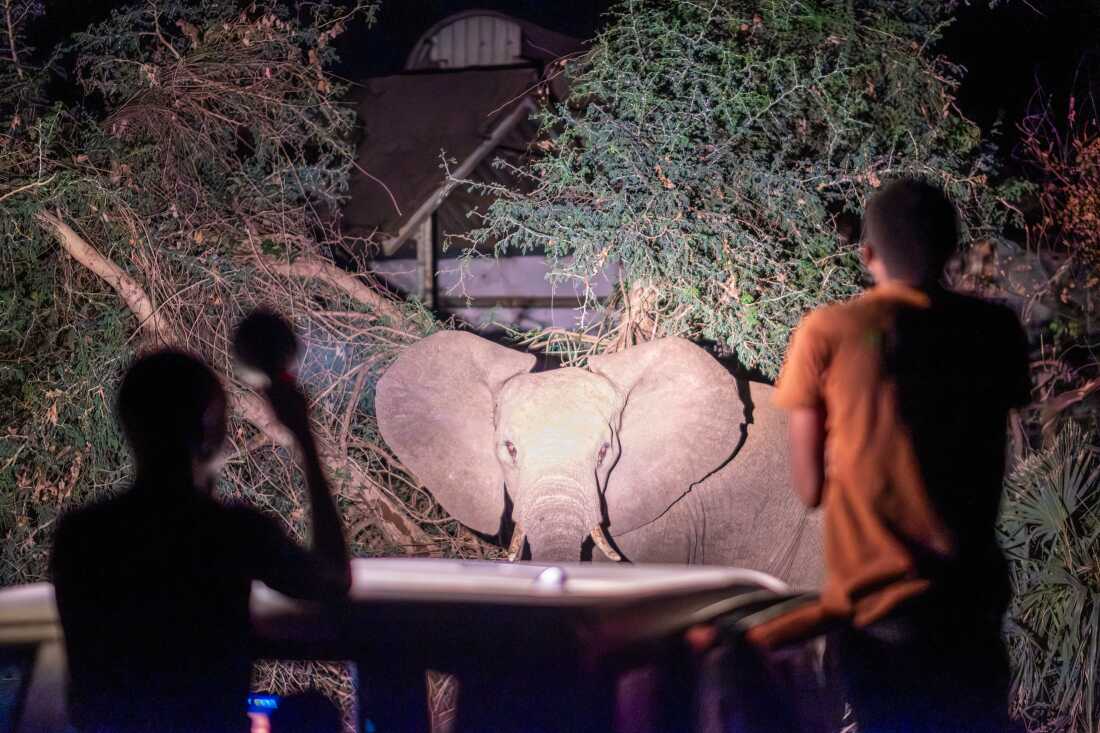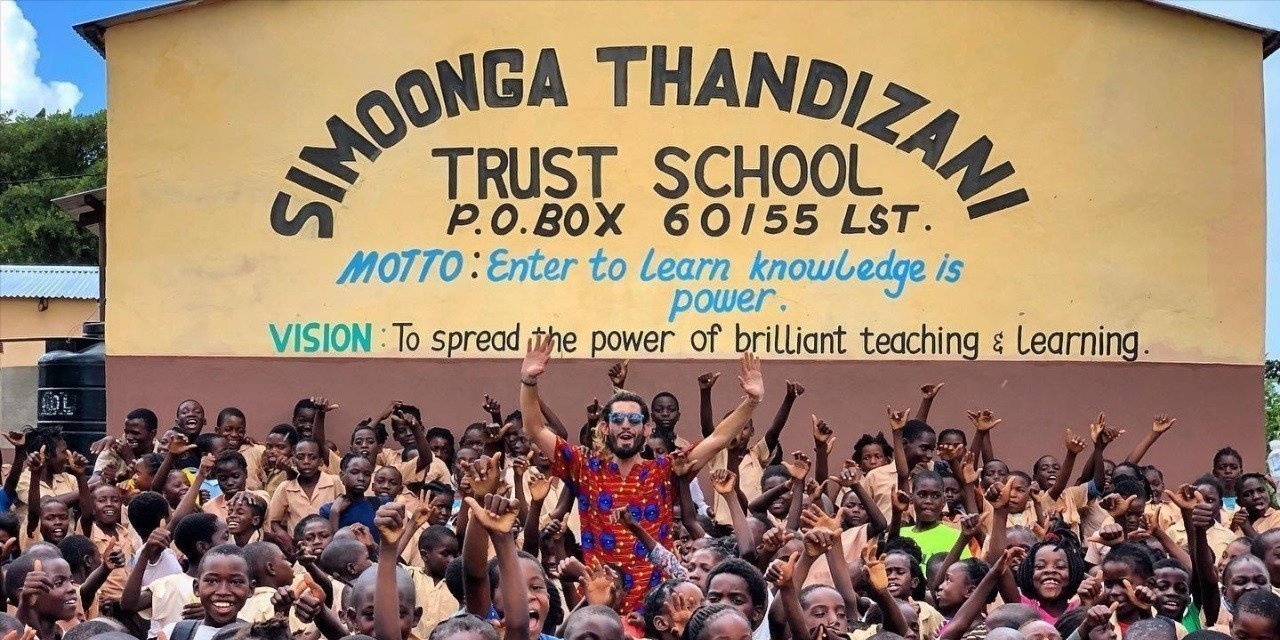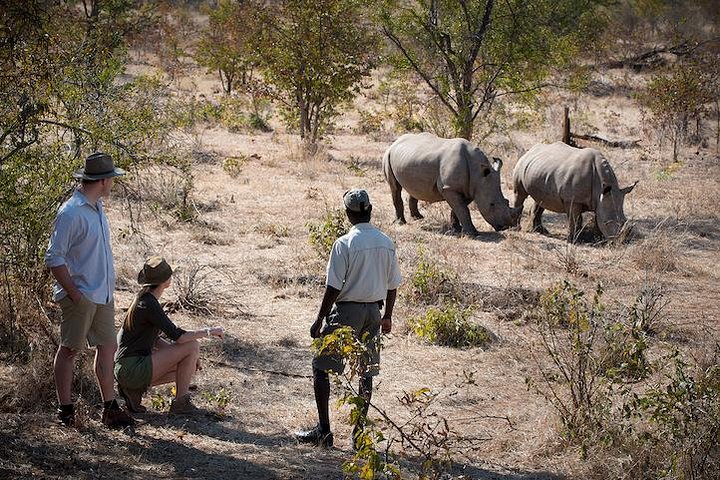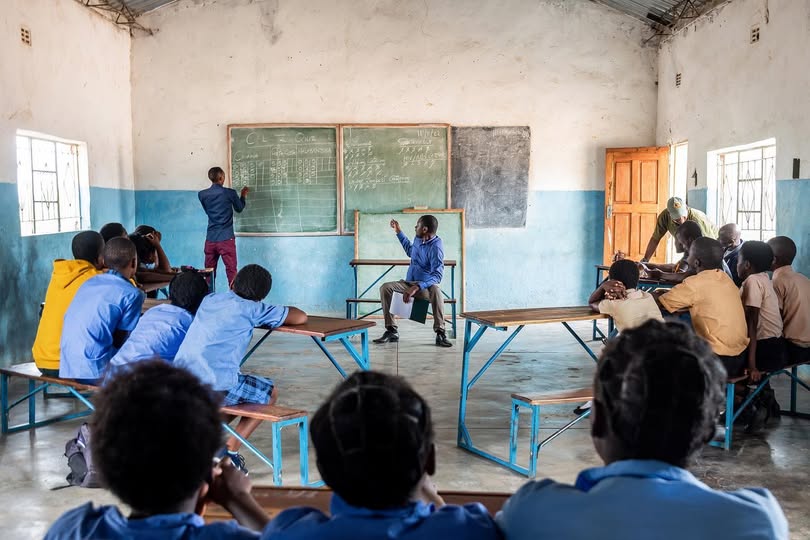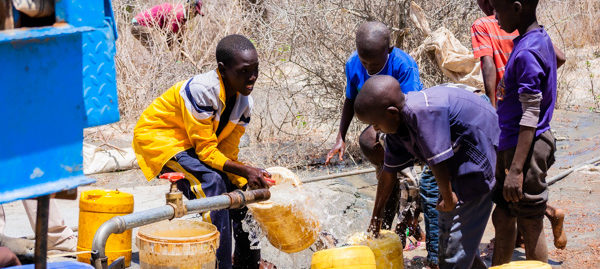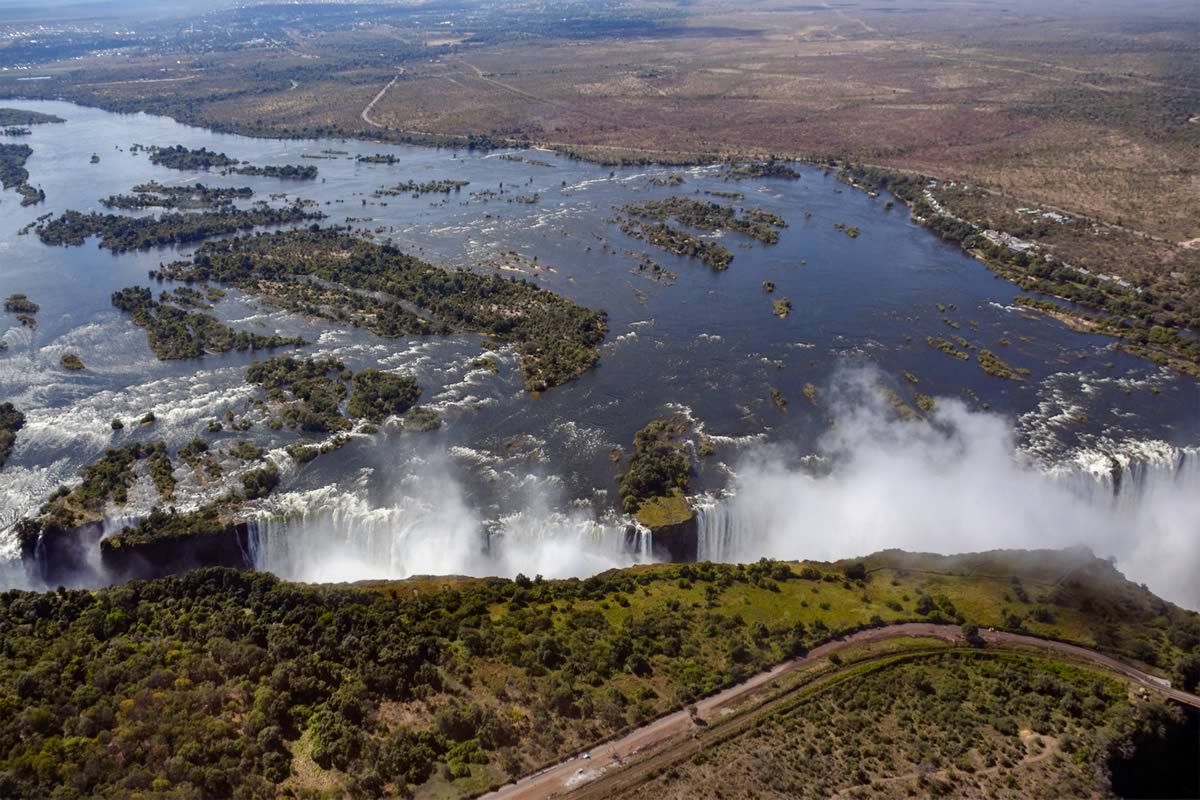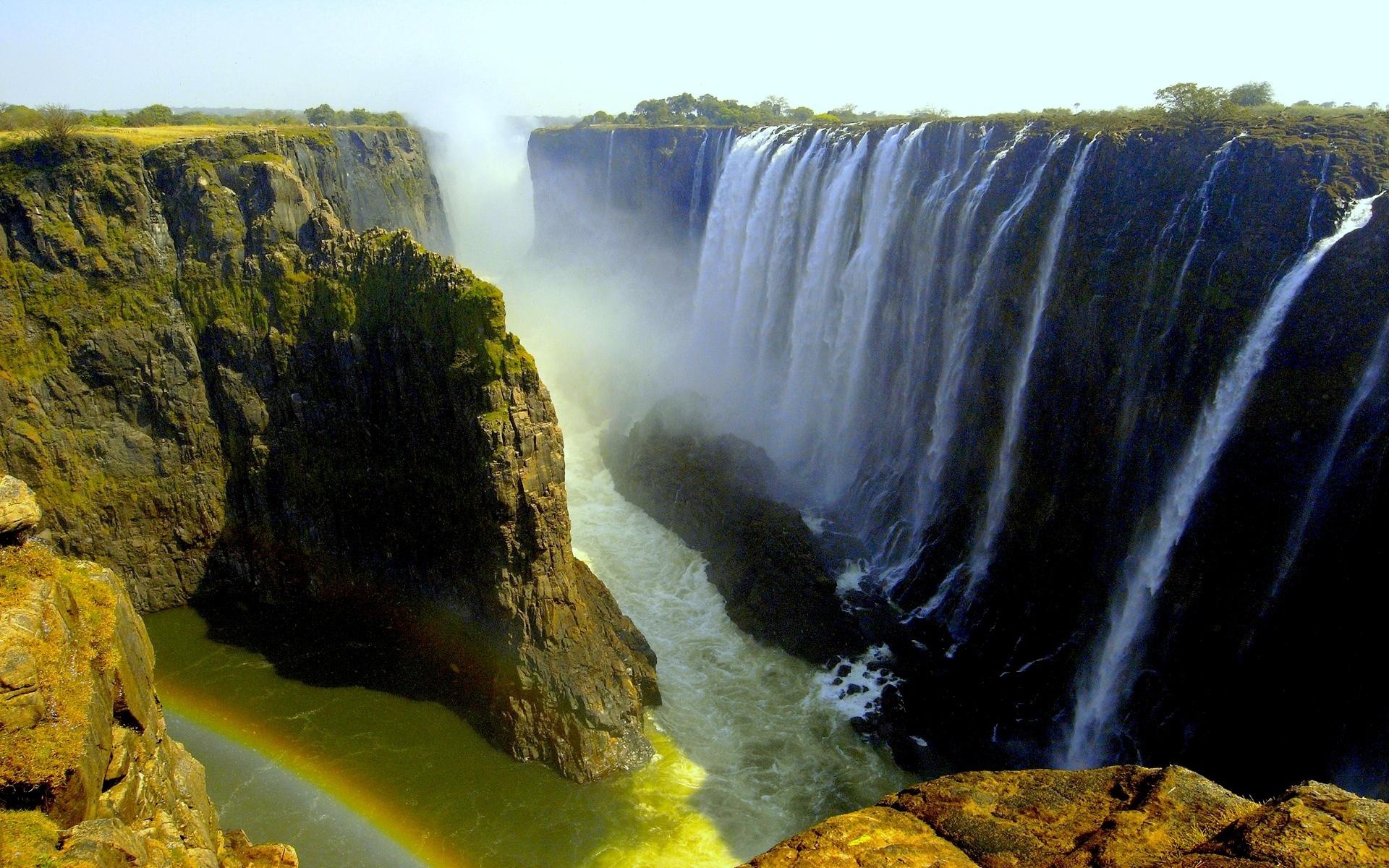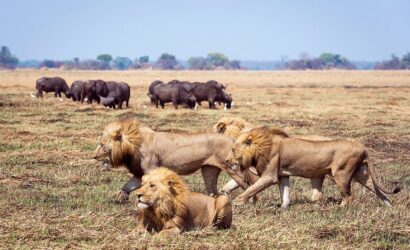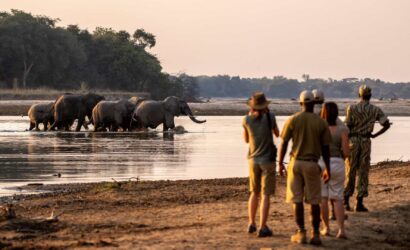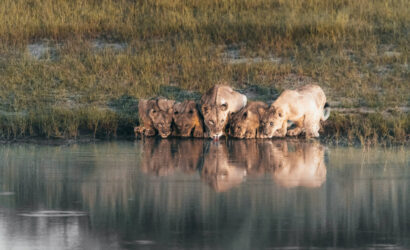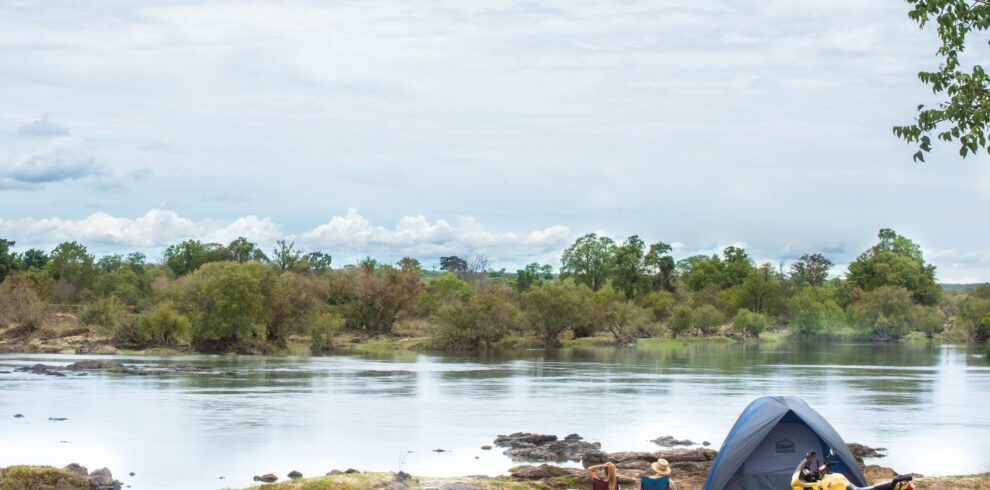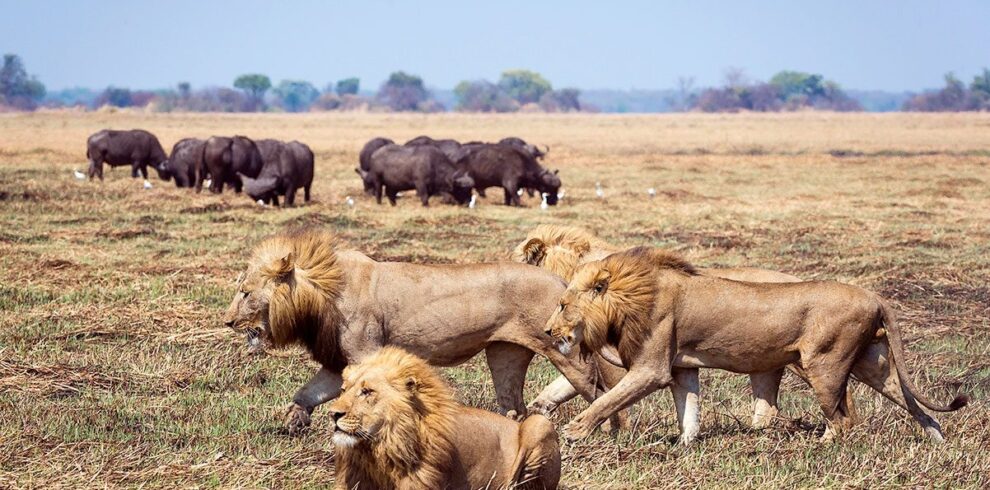Livingstone & Victoria Falls
Overview
“Positive Impact Experiences” can be done as a stand-alone experience or added as an extension to other Safaris and Tours. These Experiences are created to positively impact the communities and the populations that will largely benefit from your presence!
Highlights
- Visit remote villages and collaborate with NGOs active on the territory
- Visit local schools & assist local students
- Learn about Human-Wildlife conflict & Anti-poaching efforts
- Visit the Mighty Victoria Falls and the Mosi-oa-Tunya National Park
Itinerary
Upon landing at Livingstone international airport, you will be welcomed by our drivers and transferred to your accommodation at Maramba River Lodge, where you will spend 4 nights in a B&B rate in a Safari Chalet. Dinner at the Lodge’s restaurant not included
Breakfast at Maramba River Lodge, followed by a guided tour of the Victoria Falls from the Zambian side. Lunch (not included) either at the lodge or in one of the many restaurants in Livingstone. Afternoon Rhino Game Drive in the Mosi-Oa-Tunya National Park, aiming to find the last remaining white Rhinos in Zambia. During this walk, you will interact and learn from the “Rhino Guardian Angels”, special members of the Department of National Park and Wildlife who dedicate their life to protecting the last surviving White Rhinos in Zambia.
Dinner not included.
Breakfast at the Lodge around 07:00 followed by a 40 minutes’ drive to Simonga village. Here you shall visit Simonga trust, an NGO that is spearheading various community projects around the village such as school and orphanage. You will tour the projects and get to understand some of the challenges faced by the local people especially children to acquire basic education in the area. Before the end of the tour, you will take advantage to make any donations/contributions that you might have to “Simonga School Trust” such as books, clothes or in monetary form to help the children that are beneficiaries of these projects. Return to Livingstone town for Lunch or at the lodge (not included).
Sunset cruise and night lodging.
Breakfast at the lodge followed by a community tour led by CATS, a non-profit organization focused on environmental protection and wildlife conservation. Here, the team will take us round the projects under their care, one being the sports teams for children as one of their strategies to sensitize people about human elephant conflict. From here, you head will to the Livingstone museum.
Return to the lodge for lunch (not included) or in one of the restaurants in Livingstone town. Leisure afternoon and night lodging.
Breakfast at the lodge. Depending on your arrangements for the next part of your journey, you will be transferred to your relevant destination. End of arrangements
Rates
The Rates Include:
- All accommodations indicated in the itinerary, with the specified arrangements
- All meals specified in the itinerary
- Vehicle, fuel, certified professional local guide (English speaking), chef
- All Park Entry fees
- All activities & visits specified in the itinerary
The Rates Exclude:
- International flights
- Alcoholic beverages
- Visas
- Activities not offered by African View Tours and Safaris and not specified in the itinerary / specified as “optional”
- Personal comprehensive insurance
- Personal expenses
- Tips (Tips are not compulsory, but always welcomed. We suggest: 5 US$ per day per person /couple for the chef, 10 US$ per day per person /couple for the local guide, on discretion for the international guide, when present)
- Anything not stated under “standard inclusions”
FAQs
Annapurna Base Camp is a Grade B or a moderately difficult trekking route. So any fit person can do this trek, even if you do not have any previous experience. You should be aware of what to expect and mentally prepare for it. Then, as long as you will too, you can.
On average, you walk about 4 to 6 hours per day. One or two days can be as less as 3hrs and one or two days can be as long as 7hrs.
The highest altitude reached is 4190m. This is the elevation of Annapurna Base Camp. ABC is the highest we will climb in this trek.
Yes, you can charge batteries en route. Charger should be brought. There are hot shower facilities as well. You may have to pay a certain amount for both ($1-$2). Negotiate. Also, a hot water facility could be free at a lower elevation.
No. There are no ATMs on this trek route. You will have to draw enough cash in Pokhara or Kathmandu. There are a number of ATMs in these cities. Everything is paid in Nepali rupees. So money should be exchanged before the start of the trek.
Yes. The Internet can be accessed in most places. Sometimes, there might be some technical problems. The Internet in Nepal is not as fast as you are used to and at times you can just lose connection.
Not really. It depends on you. If you want, ABC trekking can be done independently. You could hire a guide and a porter by yourself instead of going through an agency or not hire a guide at all. Although, not having a guide can be a little problematic during the offseason.
It really depends on you. Is it your first time in Nepal? How confident are you of being able to find your way around? How pressed on time are you? If you go through an agency, it will be costlier but everything will be planned. You will only have to come, trek and return.
For the Annapurna region, pay for guides range from $20 to $30 per day and porters take $15 to $25 per day.
